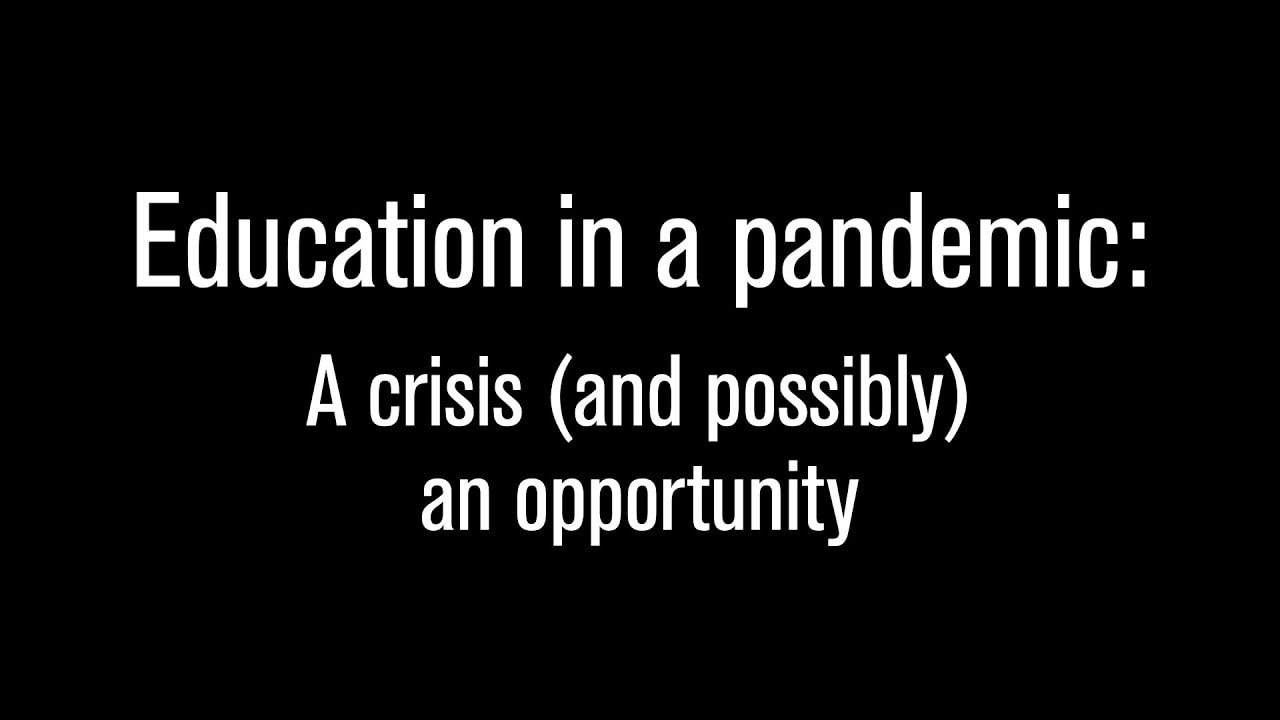I had recently posted a note (It’s only a game…) building on some thoughts in an article by William Saletan. In this article Saletan describes how weapons are increasingly becoming like games. His recent post takes that whole thing one level further.
He describes games that can be controlled by your mind. Sounds like science fiction? Well, wait till Christmas and there may be toys just like this in a store near you! You have to read the full article (as well as follow the links he provides). I would just like to end with a quote:
So now we’re looking at two mergers: mind-controlled action with video games, and video games with killing. Firing weapons with your mind used to be imaginary. Now, like so many imagined things, it’s becoming real.



0 Comments